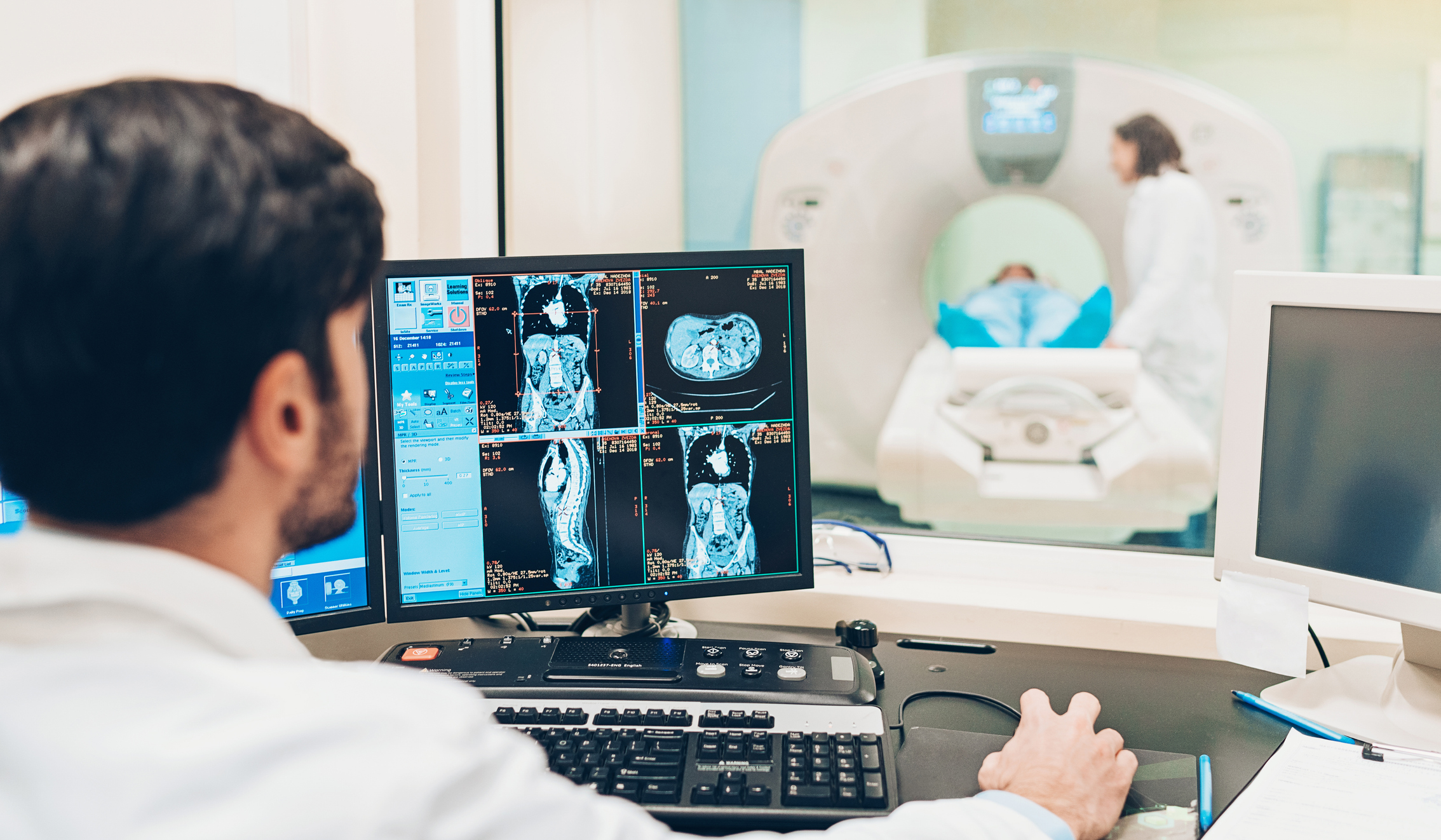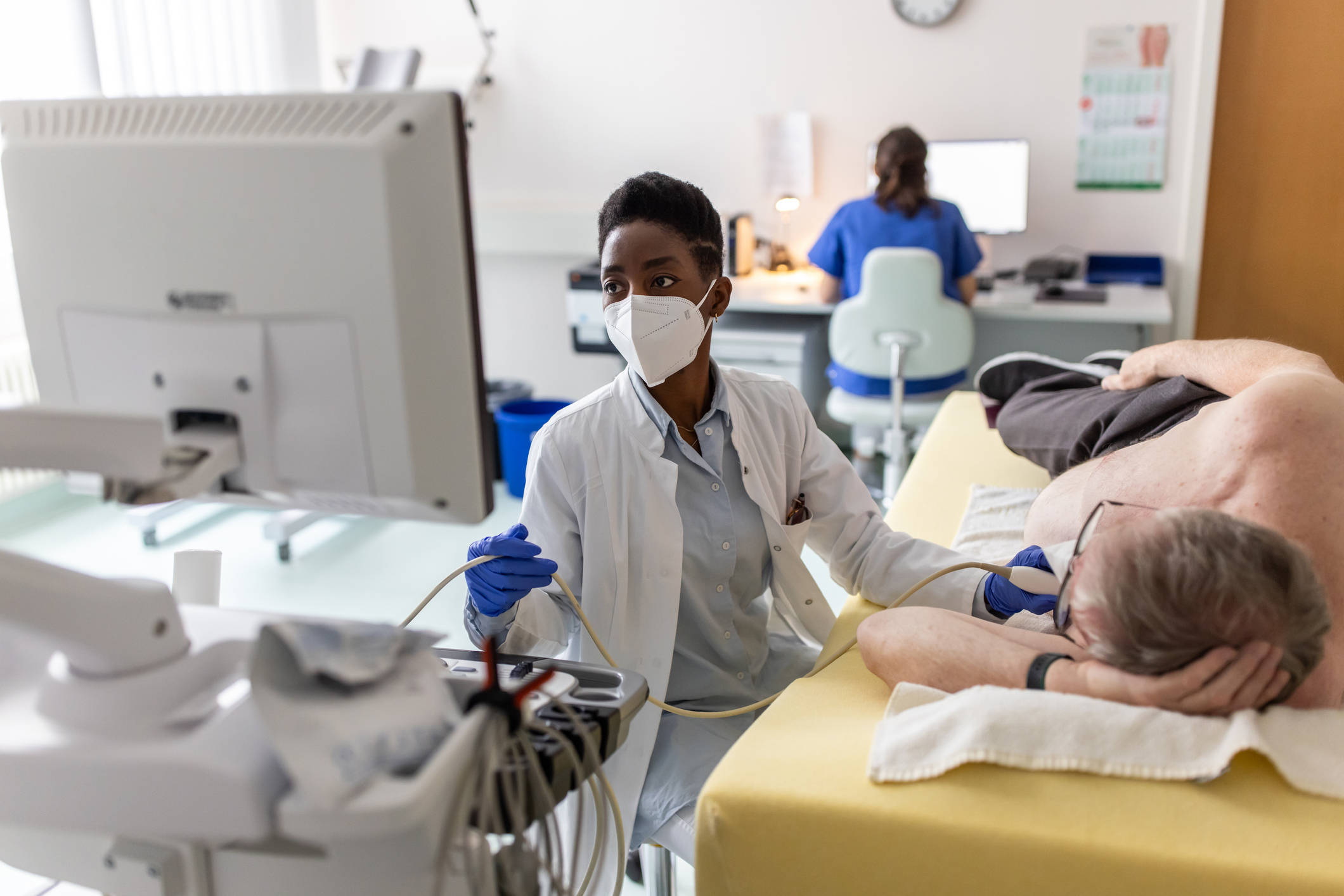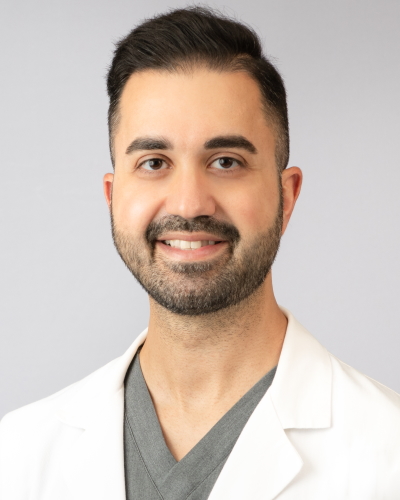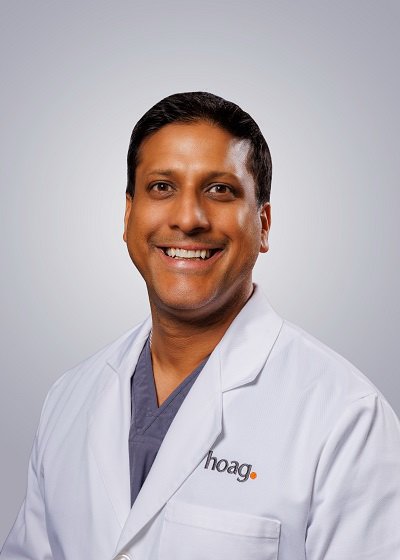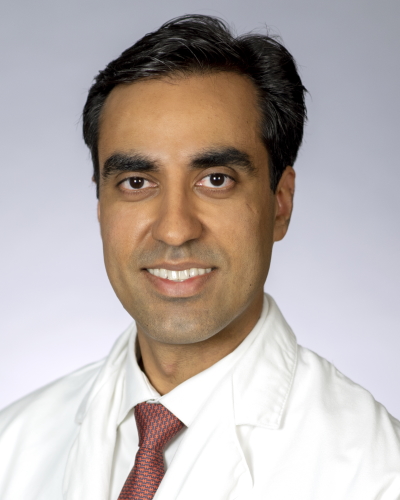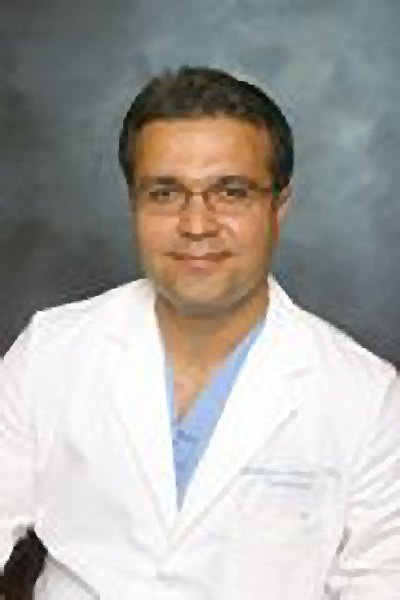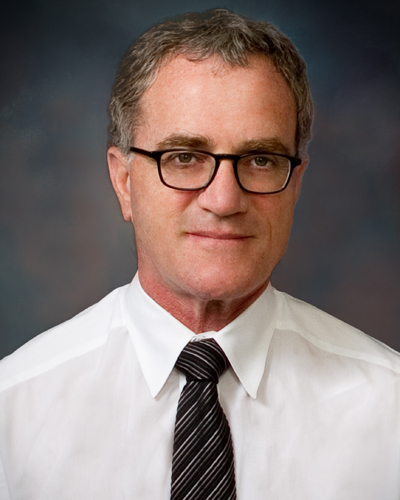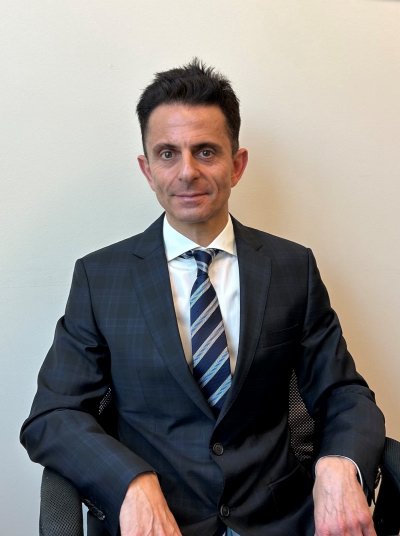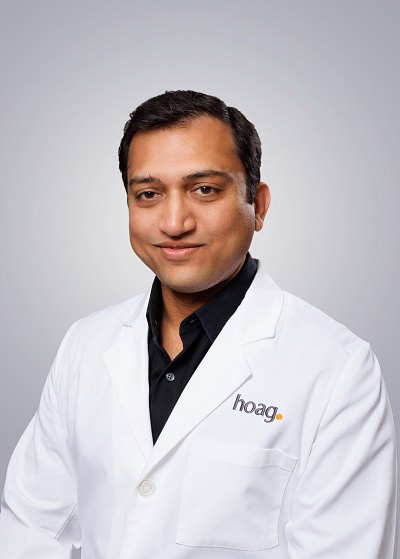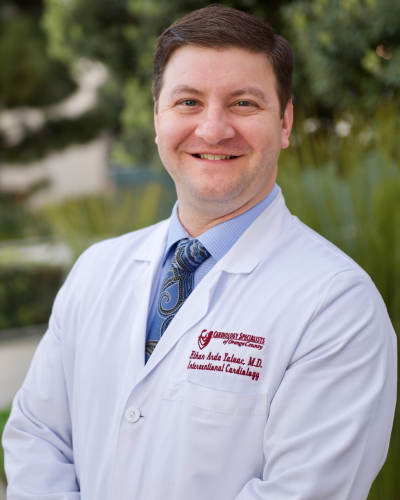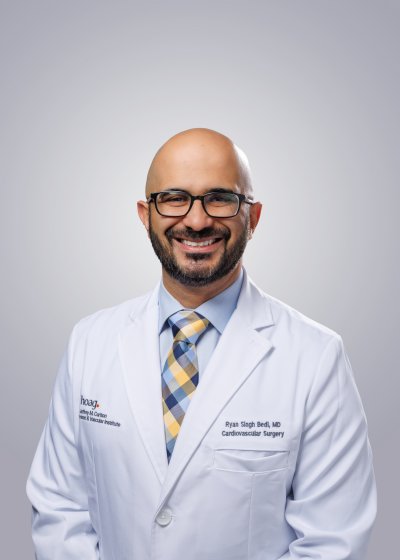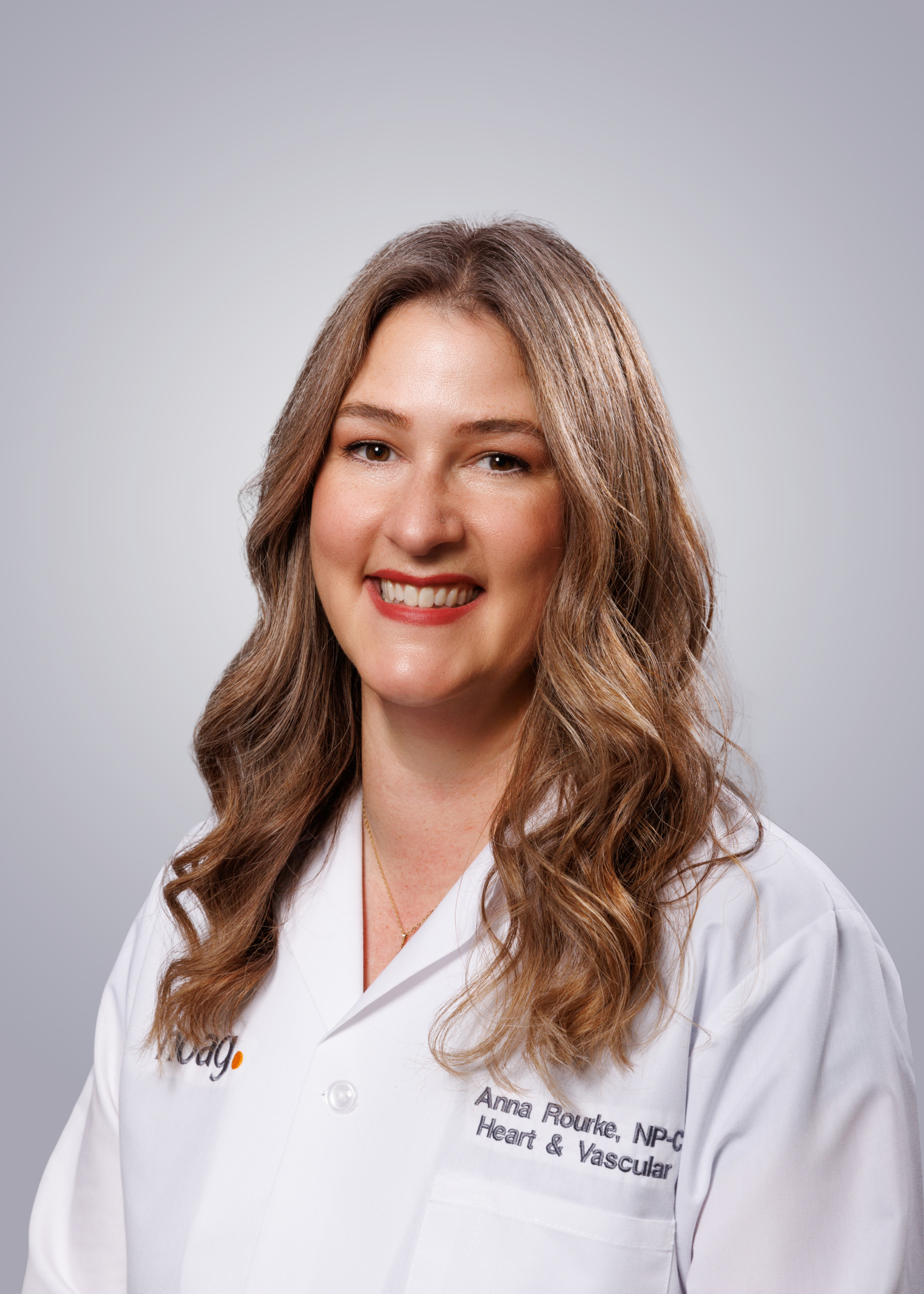At Hoag’s Jeffrey M. Carlton Heart & Vascular Institute, there are a variety of medical tests used to diagnose coronary artery disease, determine if you are experiencing a life-threatening emergency and help your health care provider decide which type of coronary artery disease you might have. These tests may include:
Blood Testing
During and after a heart attack, the body releases certain chemicals into the blood known as cardiac biomarkers or cardiac markers. By doing blood testing for elevated levels of these cardiac markers, physicians can determine whether a person has had a heart attack.
Electrocardiography
An electrocardiogram (ECG or EKG), which can reveal the strength and regularity of the electrical activity of the heart, which can sometimes show if you’ve experienced a heart attack. In addition to taking your vital signs and asking you questions about the symptoms you are experiencing, your family history of heart disease or heart attacks, your personal history of issues like chest pain, heart disease, heart attack, coronary artery disease and other issues, your health care provider will likely begin by administering an electrocardiogram (EKG) test.
Stress Testing
A stress test measures the activity and efficiency of the heart while you are doing physical exercise. During the test, your doctor will monitor your heart through various methods — often including ECG — while you exert yourself by walking on a treadmill or ride a stationary bike.
Imaging Tests
Cardiac imaging is also an important tool in the diagnosis of heart attacks, helping physicians locate the blocked coronary artery, evaluate the extent of damage to the affected heart muscle, determine the patient’s risk stratification and chart a short-term and long-term treatment course. Types of imaging used to diagnose and treat coronary artery disease include:
Cardiac MRI: Cardiac MRI is a special form of magnetic resonance imaging (MRI) used to evaluate the function and structure of the heart, valves, blood vessels and other structures.
Cardiac Nuclear Imaging Stress Test: A Cardiac Nuclear Imaging Stress Test is a diagnostic imaging test that utilizes a radioactive tracer that allows physicians see how well blood is flowing through the arteries to the heart muscle, both while a patient is resting and doing some form of exercise, like walking on a treadmill.
CT scan: CT scanning of the heart is an important tool in the diagnosis of coronary artery disease, allowing healthcare providers to capture detailed images of blockages in the heart due to calcium deposits and other issues.
Coronary CT angiography (CTA): Coronary angiogram (also known as coronary CT angiography) is an advanced form of computed tomography (CT) scan that utilizes a contrast dye that allows doctors to collect clearer images of the coronary arteries. Among other uses, coronary angiography allows physicians to visualize and examine the coronary arteries for blockages or other restrictions that might be hindering blood flow to the heart.
Echocardiogram: An echocardiogram is a test that utilizes high-frequency sound waves to create moving images of the heart. This can help your healthcare provider better understand how blood is moving through the heart. That can help health care providers diagnose issues like blockages in a coronary artery, valve disease, blood clots or other potential causes of coronary artery disease.
Electron-beam computed tomography (EBCT), which is a special kind of CT scan used to look for the buildup of calcium in the coronary arteries.
Cardiac catheterization: Cardiac catheterization is a test that allows physicians to visualize the coronary arteries. During cardiac catheterization, a thin, flexible tube called a catheter is fed into the body through a blood vessel, then guided to the heart. Contrast is introduced to determine the presence of narrowing or blockages caused by coronary artery disease.
